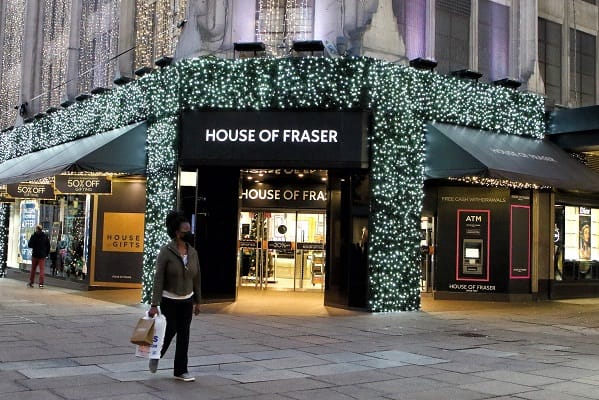Take home grocery sales fell by 3.8% over the 12 weeks to 28 November 2021 compared with 2020 according to the latest figures from Kantar. Sales remain strong compared with the market before the pandemic, and grocery spend was 7.0% higher in the latest 12 weeks than in 2019.
Fraser McKevitt, head of retail and consumer insight at Kantar, says: “Grocery sales are now being compared against November 2020 when we had tighter restrictions across Scotland and Wales and the second lockdown in England. Circumstances are very different this year. With people back in the office a few days a week and restaurants and cafés open, we’re putting less in our grocery baskets for cooking at home and as a result, the average shop size has shrunk by 8% this month versus last year.”
Preparations for the festive period are in full swing, as Fraser McKevitt explains: “As we count down on our advent calendars to the big day, it’s clear that shoppers want to have some fun and make this Christmas extra special. Price inflation doesn’t seem to be denting their desire to treat themselves and loved ones, and supermarket premium own-label ranges, such as Tesco Finest and Asda Extra Special, are the fastest growing ranges in store. Last December, we saw sales of premium own-label lines hit more than £587 million, and the figure could be even bigger this year.
“Inflation is already nudging up the price of Christmas dinner staples. The average cost of a meal for four is now £27.48, that’s an increase of 3.4% compared with last year.* Across the board, grocery prices are up 3.2% in the latest four weeks, the highest rate of inflation we’ve recorded since June 2020. Consumer behaviour hasn’t caught up with these changes though. Habits we’d expect to see shift, like swapping branded products for own label or seeking out promotions, haven’t altered just yet.”






Leave a Comment